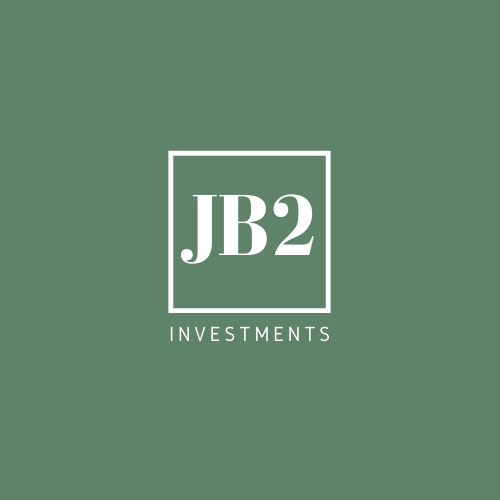Financing Our Real Estate Deals
Financing can make or break the numbers on a deal. On our most recent deal, we originally projected an interest rate of 3.3%, but ultimately locked in a rate of 2.5%. This has been a significant reason as to why we have been able to beat our projections by 67% thus far into the deal. That was a savings of over 2k a month. Therefore, it is vital to stay up to date as to where interest rates stand and what type of financing you can secure based on the deal. This allows us to be able to accurately underwrite deals. This is why we are talking to our bankers consistently. In this blog, we will outline what factors will lead us to choose a certain type of financing.
Timing
Some sellers can be strict about the length of contingency periods. In these situations, we know it is safer to go with a loan that we are confident we can get closed on time. If we do not close in the allotted time, we risk losing all the funds that went towards our inspections, appraisal, and our deposit. It is more important that we get the deal closed and honor the contract. In this situation, we would tend to go to a community bank versus a Fannie or Freddie loan(Agency Debt). On the contrary, if we have all the time in the world, we would tend to lead towards Fannie or Freddie. This would give us the possibility of getting a couple of years of interest-only (IO) payments.
Lending Requirements
Each loan has a different set of requirements in regards to the down payment, net worth amounts, and reserves. For instance, during COVID, many loans were requiring 30% down therefore we had to go to a lender that would allow 25% down. This was because our projected returns were much stronger at this lower down payment. Other loans may require to have a net worth of double the amount of the loan. And when you are looking at buildings in the 5-10 million range, that can get tough. And lastly, certain lenders will require large amounts of reserves to be held in a bank account during ownership. Especially with Fannie/Freddie loans during the time of COVID. This is something that can hurt your returns, as you have money sitting in an account that is not actively working for you.
Aspects of the Deal
If a building we purchase requires a lot of improvements we would consider a loan to cost bridge loan. This type of loan will lend based on the combination of the purchase price, rehab costs, and other miscellaneous costs. For instance, we recently had a banker offer us 80% loan to cost. The benefit of this is that we will not have to put in all the capital for the rehab and have a lower down payment. The downside of this is that you will be looking at a significantly higher interest rate, as this is riskier for the bank. We also need to balance this with a reasonable amount of debt we feel comfortable with.
To conclude, the best thing we can do as multifamily investors is to constantly be educating ourselves on what banks are offering at any given time. Therefore, when a deal comes across our table, we can immediately underwrite it accurately. Time is of the essence in Real Estate and if you are not consistently ready to jump on opportunities you can miss a big one!

